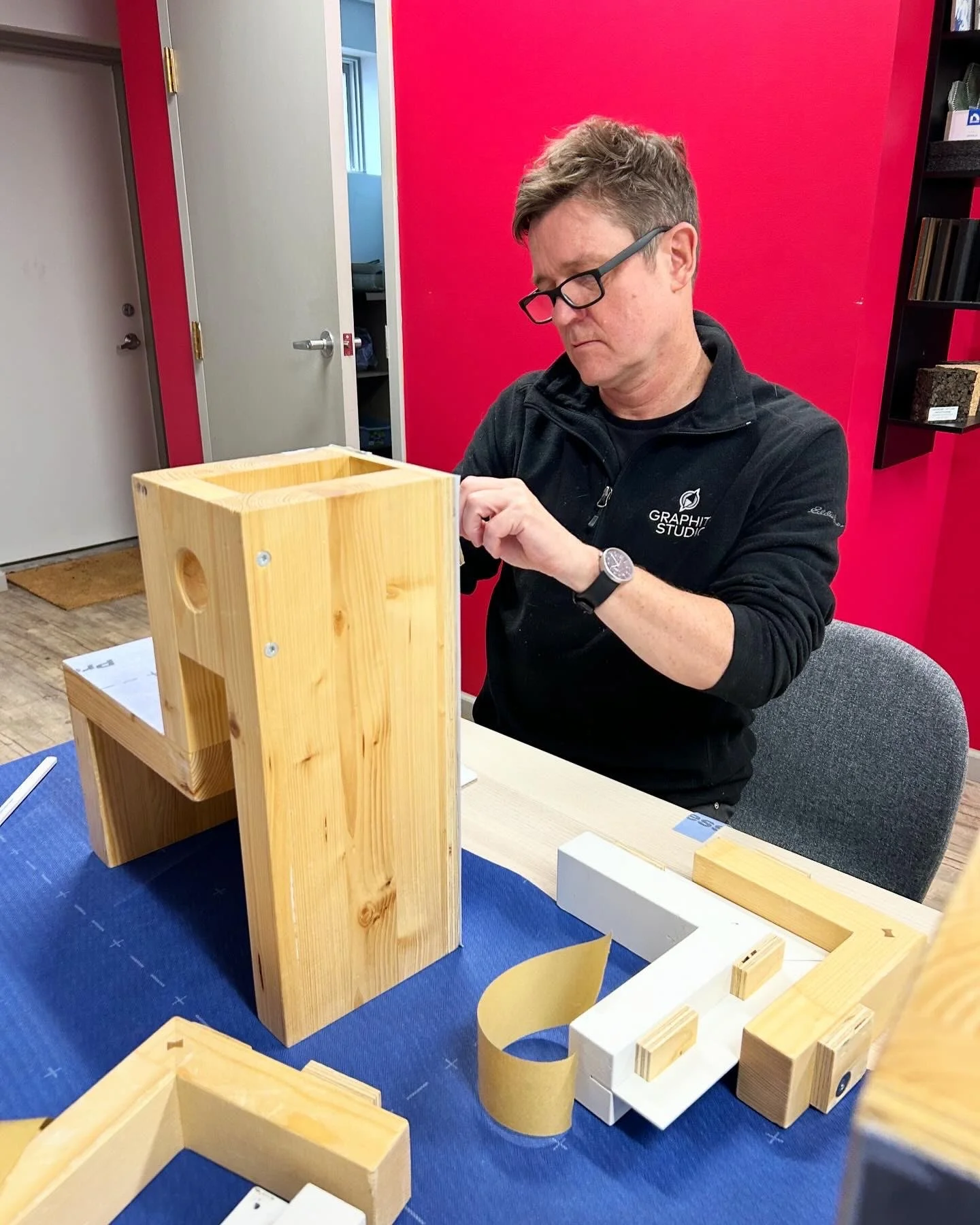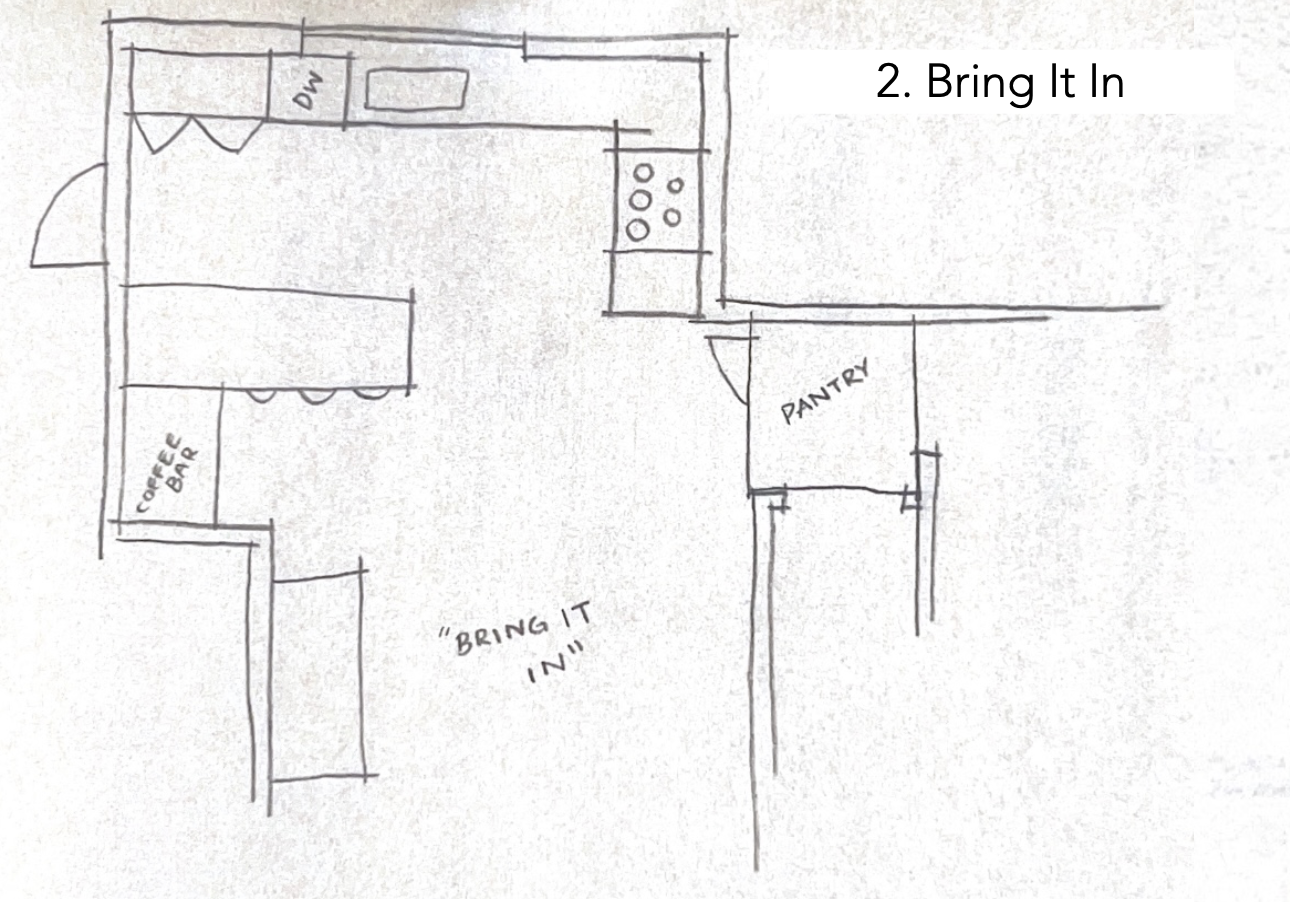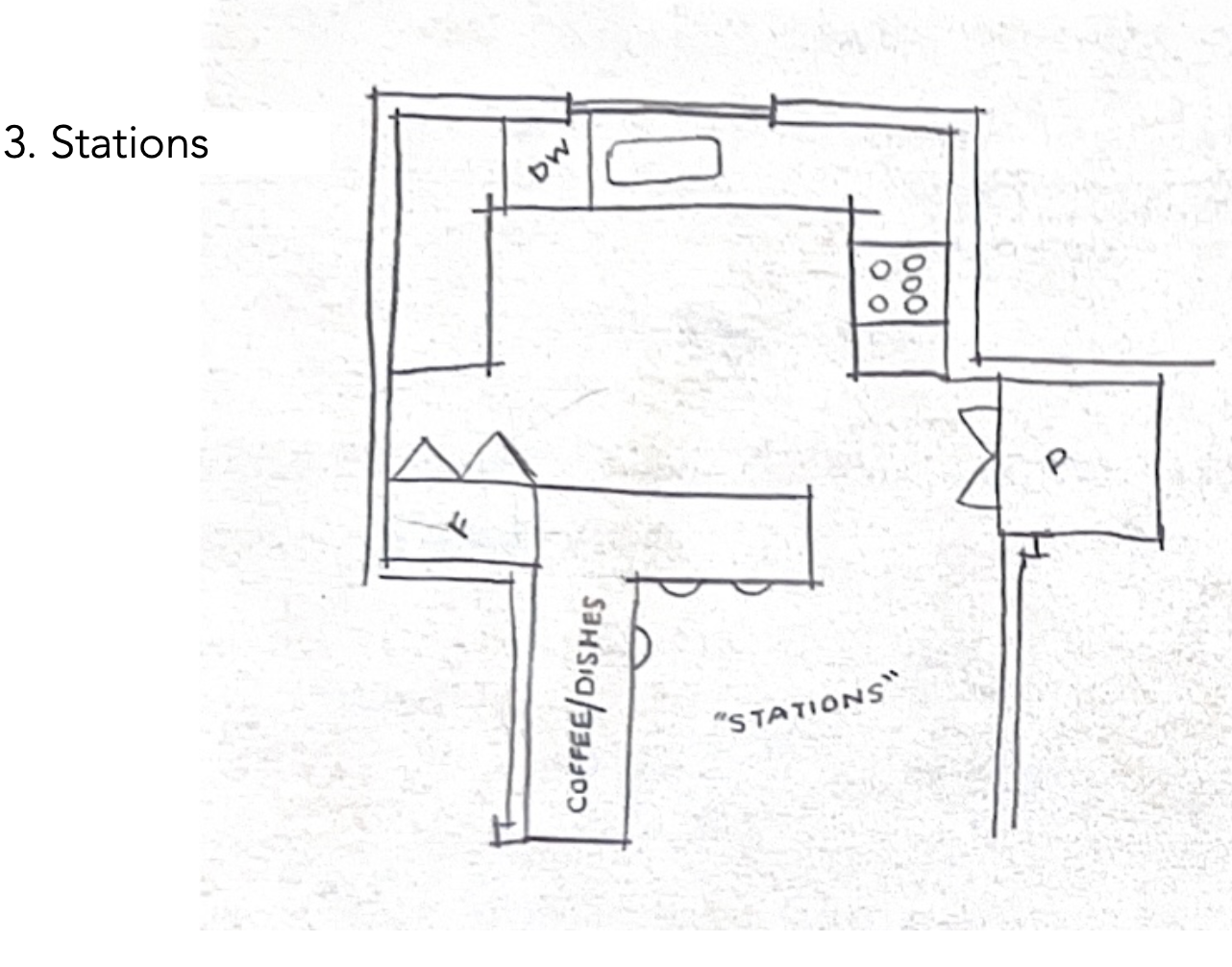March 2024
Don’t Stop Learning!
Throughout the year, our team continues to attend professional development opportunities and sign up for interesting courses. Within just the past few months we all completed a deck building training, a marketing training, had both a lighting and a SIGA lunch + learn, and are about to head to conferences. Here, Andrew wrestles tape for a window install.
It’s Conference Season
Look for us at conference over the next few weeks! We will be attending both Building Energy Boston and Better Buildings by Design. These conferences focus on collaborating with our peers in the field to share our perspectives on climate friendly design. It is a great opportunity to reflect on our techniques, see what others are discovering, and walk away with new ideas and motivation to keep getting better. If you are attending this year, we look forward to seeing you there!
What do we mean by “Scheme”?
During the schematic design phase, we will present a series of schemes to suggest a variety of solutions to a design problem. A scheme is simply a version of a design, an option to pursue, or not, or to borrow from as we work through client preferences. They are often shown quickly as rough sketches on paper or colorful blocks we move around in ArchiCAD to indicate items or rooms.
This example is from our current “Laurel Street” project. After deciding to relocate their kitchen, our clients have asked us for some help in potential layouts that could work within the given space. After lots of quick brainstorming, we like to narrow the choices down to our best 3-5, that each have something to offer. We review each with client, suggesting pros and cons, testing their response, noting the parts they like and dislike. The eventual solution is usually some hybrid of the original proposed schemes, often something that none of us saw before. Iterate, iterate, iterate.
Fun Fact: Heat Pump Basics
We don’t do new fossil fuels anymore. We don’t tend to rip out existing fossil systems if they’re working, but we are moving all our buildings toward a climate-friendly solution - electrification. Oil burning will never be a climate solution. The grid, on the other hand, can get (and is getting!) greener.
Electrification, in heating and cooling, means heat pumps. Heat pumps use electric compressors and refrigerant fluid to transfer heat from one place to another. Think: refrigerators, our most common heat pump. In the winter, we move heat from outside our buildings to the indoors. In the summer, we cool our spaces by moving heat out of them. With heat pumps, this happens with remarkable efficiency - for each unit of electricity it takes to run the pumps, we can get 2, 3, or 4 times those units of heat delivered into our buildings. What’s better than a 94% efficient gas boiler? a 250% efficient heat pump!
Our most common style is an air source heat pump, pulling heat from the surrounding air. Usually these come with wall-mounted units (“mini-splits”, in evidence above), concealed ducted units, or floor-mounted units (which resemble steam radiators). Best practice in operation: Set it and forget it. Find a comfortable temperature and let the unit do its thing. They’re most efficient without aggressive setback strategies.






